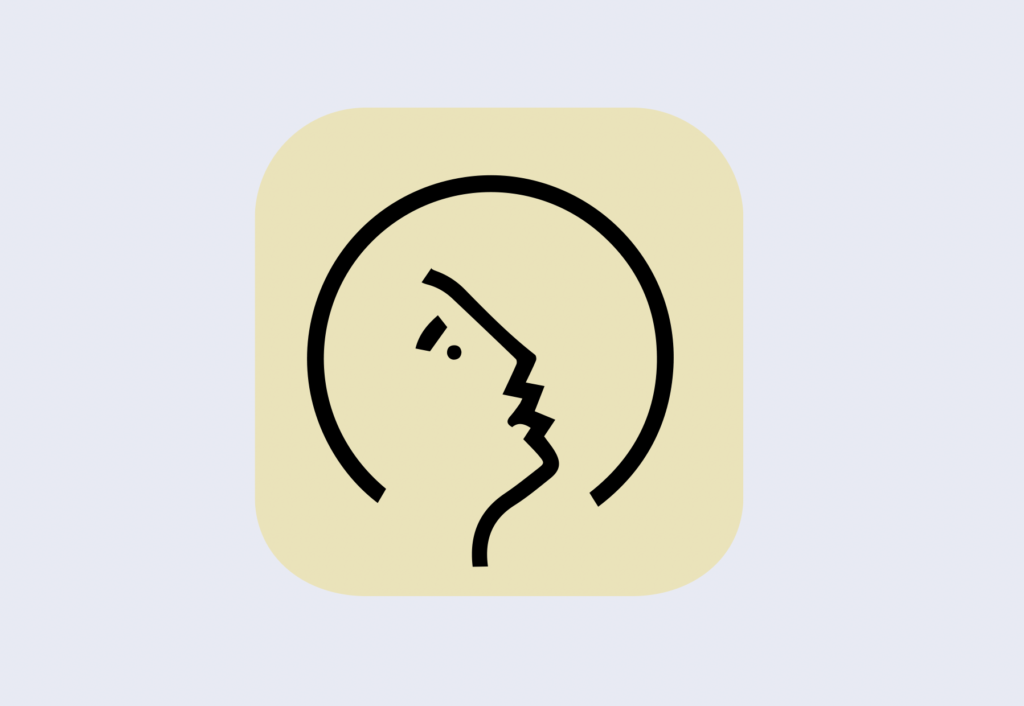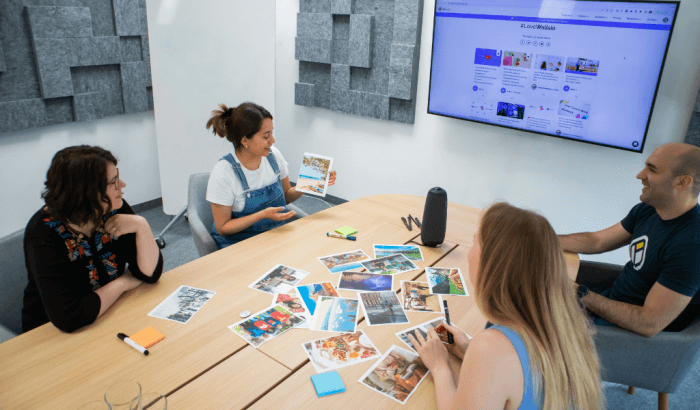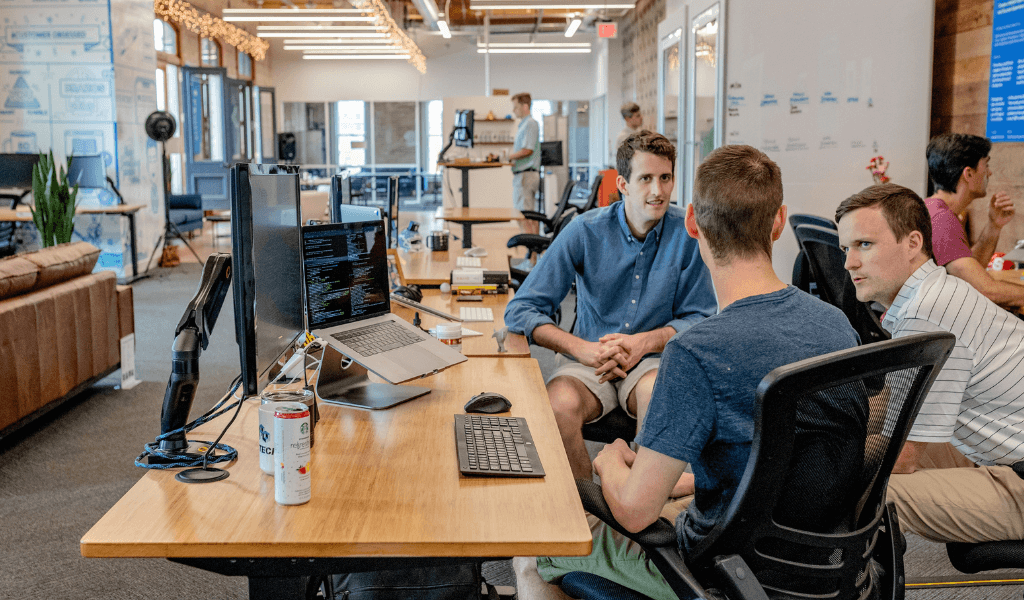5 min read
Empower employees while caring for employee well-being. Prevent employee burnout and depression.
ex Platform
I’m pleased to announce that we’re opening beta access to our new app, Dymphna. Dymphna is your private mental health assistant. It will ask you questions on a regular basis and, if it detects potential issues such as burnout or depression, it will suggest consulting with a specialist or advise you to monitor the situation closely. We started with early detection of burnout and depression symptoms in our employee experience product called Office Harmony. Then we decided that we want to share the technology with everyone.
As we enter December, we’re noticing an increase in depression detection among our current app testers. The days are shorter and there is significantly less sunlight, especially in Northern Europe. Dymphna keeps an eye on your mental state, enabling you to address any symptoms of depression before they worsen.
Burnout and depression are terms we often hear, but we usually think they don’t affect us. Sometimes we diagnose ourselves, but don’t confirm this with a specialist. I myself was someone who thought that these diseases did not affect me, until I experienced their consequences first-hand. Unfortunately, the worst part is that the awareness of having these diseases came to me many years after the most difficult period. My case is not isolated. Most people go through these diseases in a similar way. Unfortunately, many people are not able to return to their pre-disease state. In the fight against depression and occupational burnout, the key is to consciously combat them, and we want to help solve this problem with Dymphna AI – our new tool for detecting the early stages of depression and burnout.
Numbers on occupational burnout and depression
In recent years, occupational burnout and depression are increasingly being studied. Unfortunately, the information obtained is very worrying, here are some statistics related to these diseases:
- According to the World Health Organization (WHO) in 2020, depression was the second most commonly diagnosed mental disorder in the world.
- In a study conducted by Deloitte in 2020 among employees in Central and Eastern Europe, 64% of respondents admitted to experiencing symptoms of occupational burnout.
- According to the American Institute of Stress, about 83% of employees in the US suffer from occupational burnout.
- According to a study by Regus, conducted among 22,000 employees from 100 countries, 53% of them believe that their stress level has increased over the past five years.
- In a study conducted by the Harvard Business Review in 2018, about 44% of managers admitted that they suffer from symptoms of occupational burnout.
What is occupational burnout syndrome?
Occupational burnout syndrome is an emotional, physical, and mental state that results from chronic work-related stress. It manifests itself in fatigue, frustration, cynicism, and a sense of helplessness. People who suffer from this syndrome often lose interest in the work they do and start to feel burned out.
There are many factors that contribute to the development of occupational burnout syndrome, such as: excessive workload, lack of support from colleagues and superiors, low salary, lack of control over work, and lack of recognition for the work done.
Studies suggest that depression and occupational burnout often occur simultaneously in employees and can lead to serious health consequences, such as increased risk of heart disease, chronic diseases, and premature death. In Japan, the term karoshi – death from overwork is used.
Does occupational burnout allow for sick leave
In the event of serious symptoms, such as depression, an employee can apply for medical leave, but this depends on the decision of the attending physician, who will assess the health of the employee and decide whether leave is necessary. In any case, it is important for the employee to receive appropriate care and support in order to return to health and minimize the risk of recurrence of occupational burnout in the future. The idea of our tool is to prevent a state in which the employee will require medical leave. We believe that proper early awareness and taking steps will greatly reduce the effects or not lead to a state requiring strong intervention.
How to prevent occupational burnout?
To prevent occupational burnout syndrome, it is important to take care of your emotional and physical needs, as well as find a way to reduce work-related stress. This can be done for example by playing sports, meditation, or finding a hobby. It is also worth seeking support from family and friends and talking to your superior about any problems that arise. In short:
- Take care of your work hygiene – communicate your problems, too much work, stress, etc.
- Take care of your physical and mental condition – healthy relationship with others, sports, talking about your problems, psychologist support.
How does early detection of occupational burnout and depression work?
In practice, our product is an automated system for evaluating employees. Instead of assessing the employee with lengthy forms every 6 or 12 months, the employee receives short surveys every week or every 2 weeks. The employee does not always receive the same surveys. If we detect potential issues, we will attempt to verify this in the next evaluation. We do not diagnose burnout or depression. We notify both parties if there are concerning aspects that could lead to a serious situation. More frequent testing allows for a quicker response. A situation where an employee encounters problems immediately after the annual assessment could result in the employee no longer being with the company by the time of the next evaluation.
Dymphna AI evaluates over 40 different parameters, most of which are typical for employee surveys such as satisfaction, happiness, and motivation. Others are related to employee assessment.
To get access to the app, please contact us.





